NASA's James Webb Space Telescope is getting very expensive
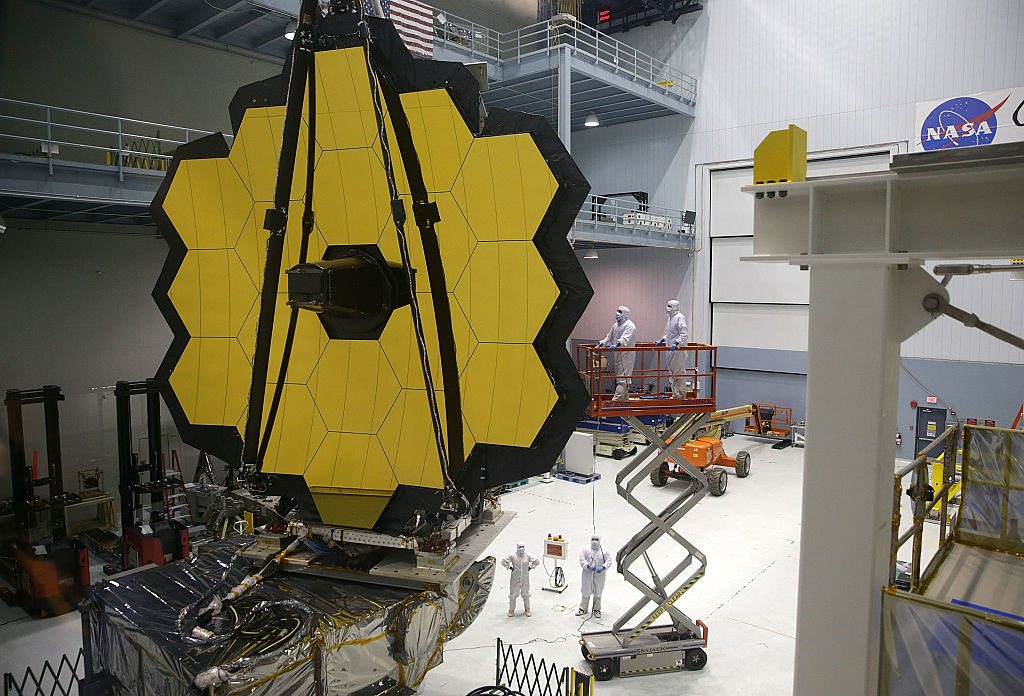
NASA has been working on its new deep-space observatory, the James Webb Space Telescope, since 1996. Envisioned as a successor to the Hubble Space Telescope, the project is intended to peer even deeper into the farthest reaches of space, and "make the next giant leap" for us to understand how the universe works, Scientific American reported.
Such a large project has, of course, run into its fair share of hurdles over the decades. Its proposed launch date has been pushed back twice in just the past year — previously slated for October 2018, it was first delayed to spring 2019 last September, and then to May 2020 on Tuesday, Space reported. And it's running into an even scarier problem: It's quickly outgrowing its budget estimations.
At the turn of the century, NASA expected the observatory to cost about $1 billion, The Verge reported. By 2010, it had already spent $4.5 billion, stemming from similar delays in its launch time. In 2011, the project was reorganized, with a new launch date in 2018, and Congress allotted a budget of $8.8 billion to get there. But with these new delays, the program is likely to exceed its budget again, which would require Congress to reauthorize the project.
The Week
Escape your echo chamber. Get the facts behind the news, plus analysis from multiple perspectives.

Sign up for The Week's Free Newsletters
From our morning news briefing to a weekly Good News Newsletter, get the best of The Week delivered directly to your inbox.
From our morning news briefing to a weekly Good News Newsletter, get the best of The Week delivered directly to your inbox.
Even with all these setbacks, astronomers are optimistic about the eventual success of the James Webb Space Telescope. Because of the massive amounts of money already invested in the project, it's "too big to fail," Scientific American reported. NASA has pledged to take as much time as necessary to get JWST up and running — hopefully with no more delays or setbacks.
Read more about the program at The Verge.
A free daily email with the biggest news stories of the day – and the best features from TheWeek.com
Shivani is the editorial assistant at TheWeek.com and has previously written for StreetEasy and Mic.com. A graduate of the physics and journalism departments at NYU, Shivani currently lives in Brooklyn and spends free time cooking, watching TV, and taking too many selfies.
-
 7 bars with comforting cocktails and great hospitality
7 bars with comforting cocktails and great hospitalitythe week recommends Winter is a fine time for going out and drinking up
-
 7 recipes that meet you wherever you are during winter
7 recipes that meet you wherever you are during winterthe week recommends Low-key January and decadent holiday eating are all accounted for
-
 Nine best TV shows of the year
Nine best TV shows of the yearThe Week Recommends From Adolescence to Amandaland
-
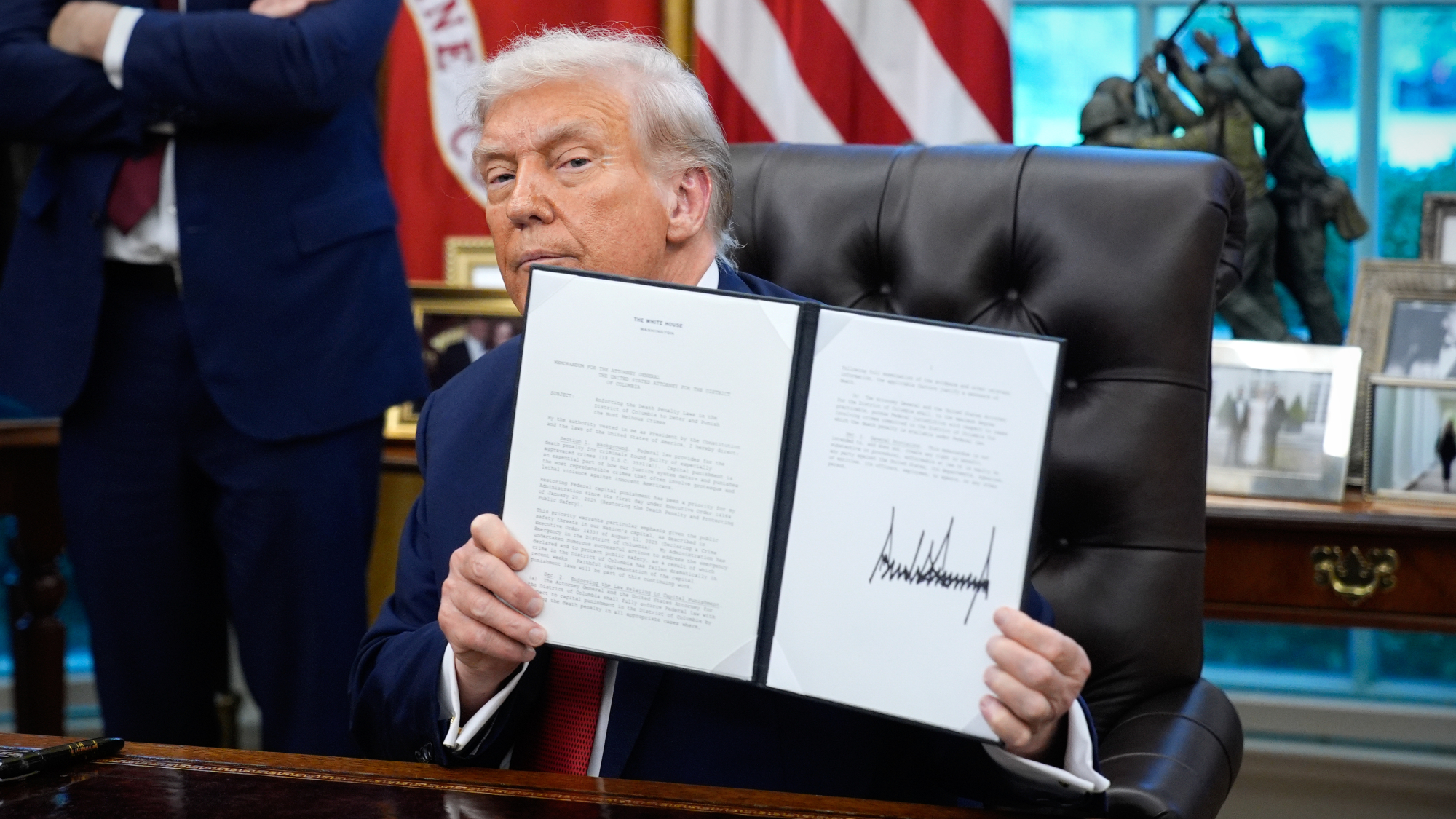 TikTok secures deal to remain in US
TikTok secures deal to remain in USSpeed Read ByteDance will form a US version of the popular video-sharing platform
-
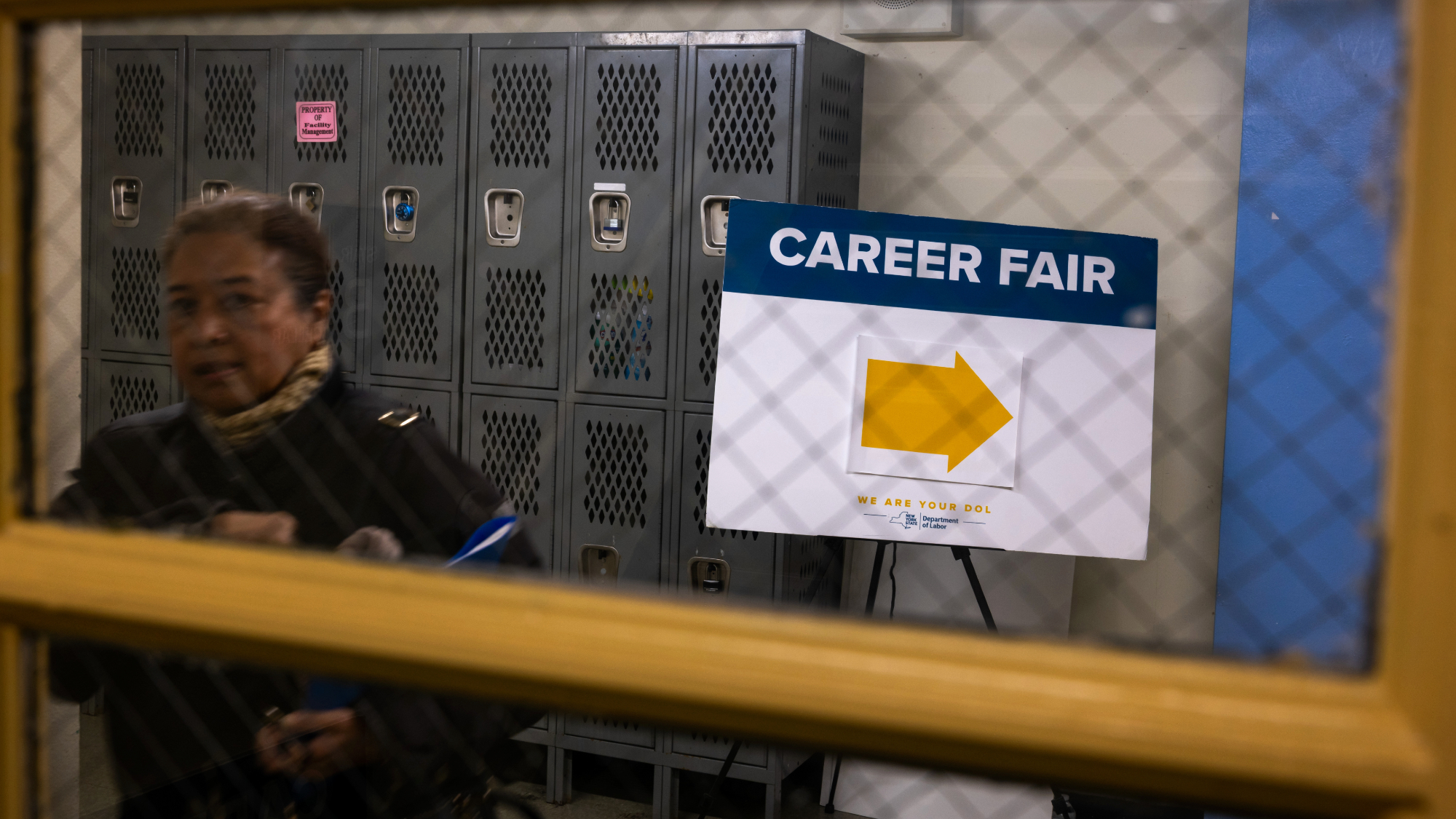 Unemployment rate ticks up amid fall job losses
Unemployment rate ticks up amid fall job lossesSpeed Read Data released by the Commerce Department indicates ‘one of the weakest American labor markets in years’
-
 US mints final penny after 232-year run
US mints final penny after 232-year runSpeed Read Production of the one-cent coin has ended
-
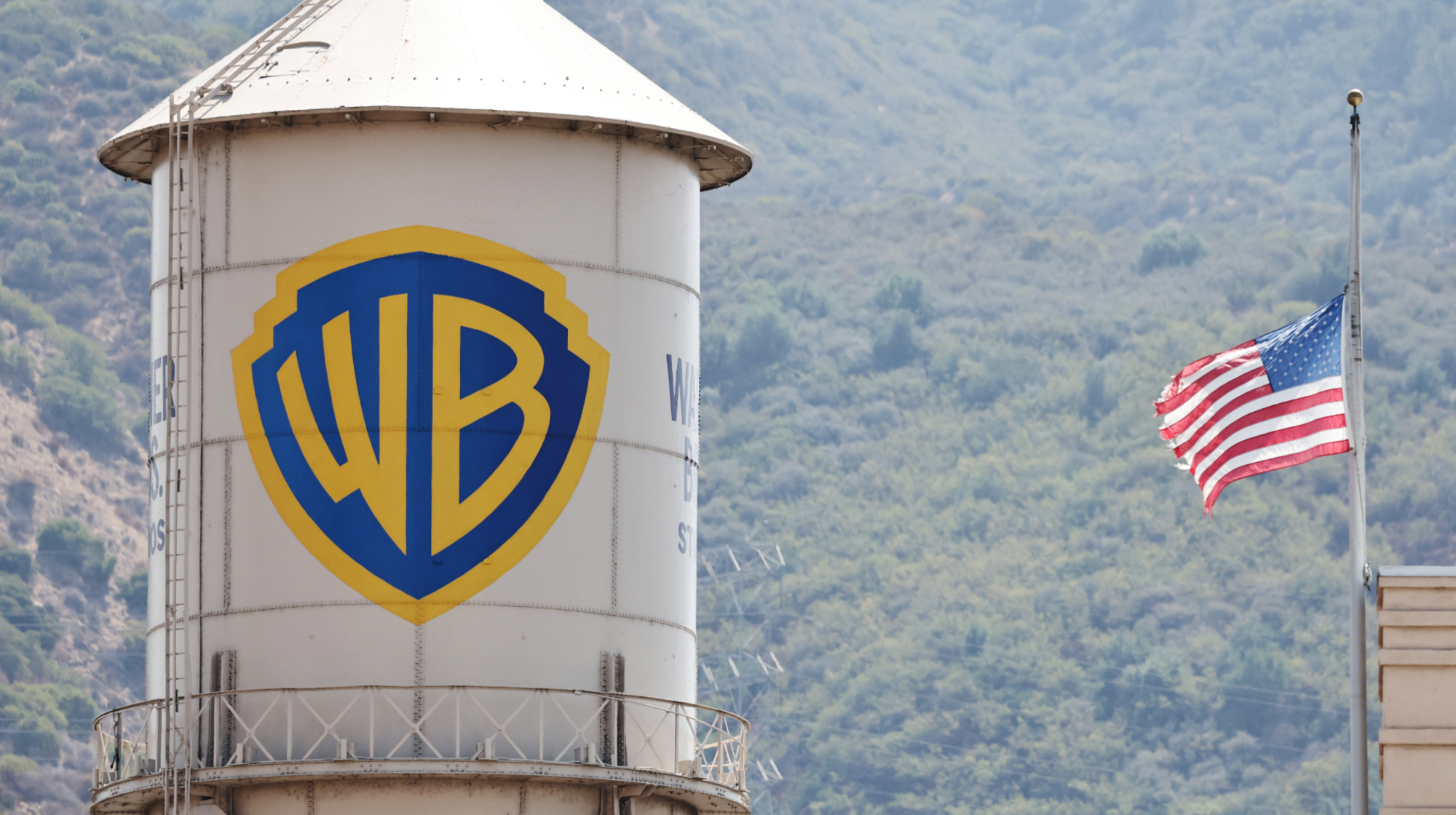 Warner Bros. explores sale amid Paramount bids
Warner Bros. explores sale amid Paramount bidsSpeed Read The media giant, home to HBO and DC Studios, has received interest from multiple buying parties
-
 Gold tops $4K per ounce, signaling financial unease
Gold tops $4K per ounce, signaling financial uneaseSpeed Read Investors are worried about President Donald Trump’s trade war
-
 Electronic Arts to go private in record $55B deal
Electronic Arts to go private in record $55B dealspeed read The video game giant is behind ‘The Sims’ and ‘Madden NFL’
-
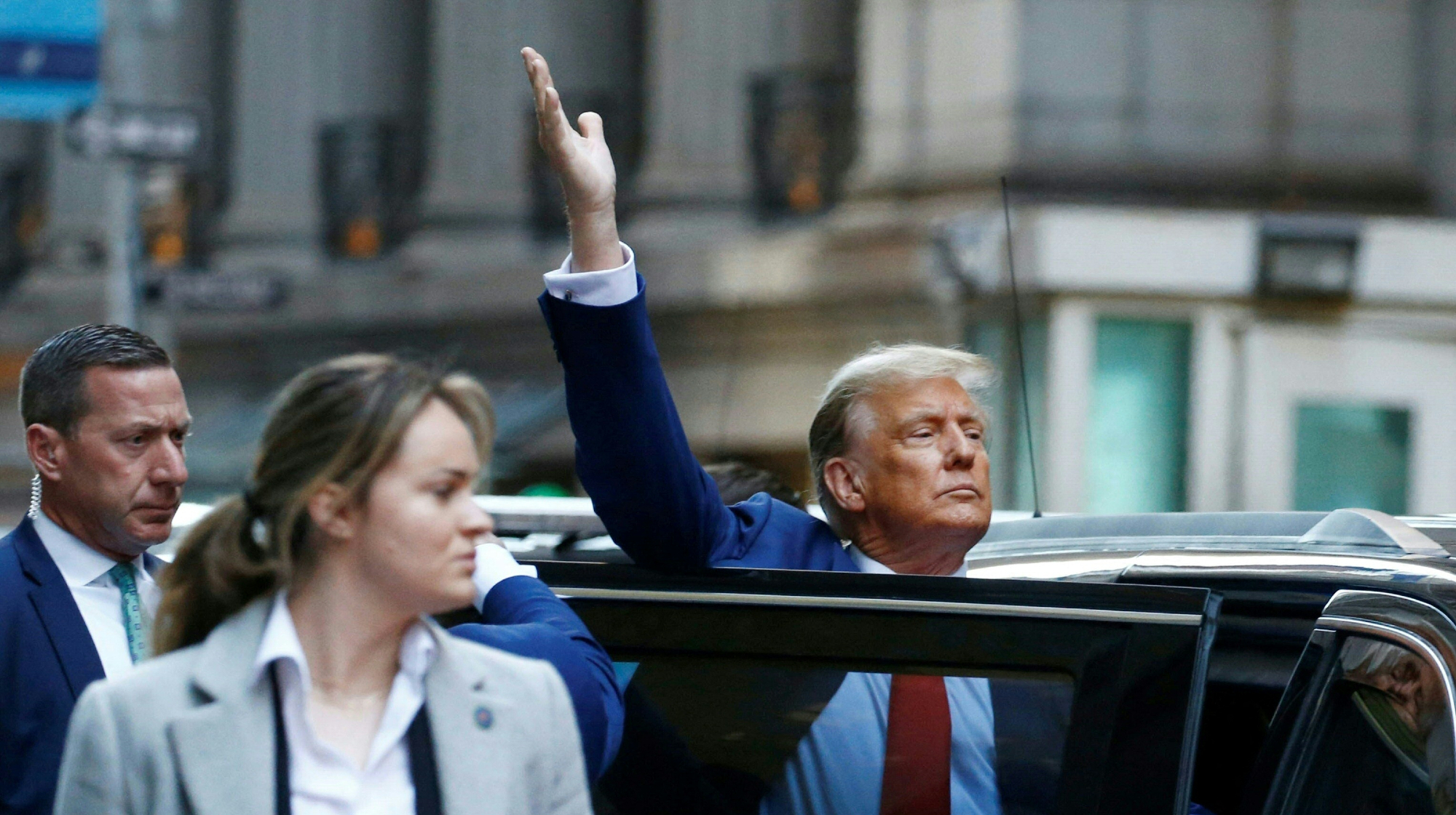 New York court tosses Trump's $500M fraud fine
New York court tosses Trump's $500M fraud fineSpeed Read A divided appeals court threw out a hefty penalty against President Trump for fraudulently inflating his wealth
-
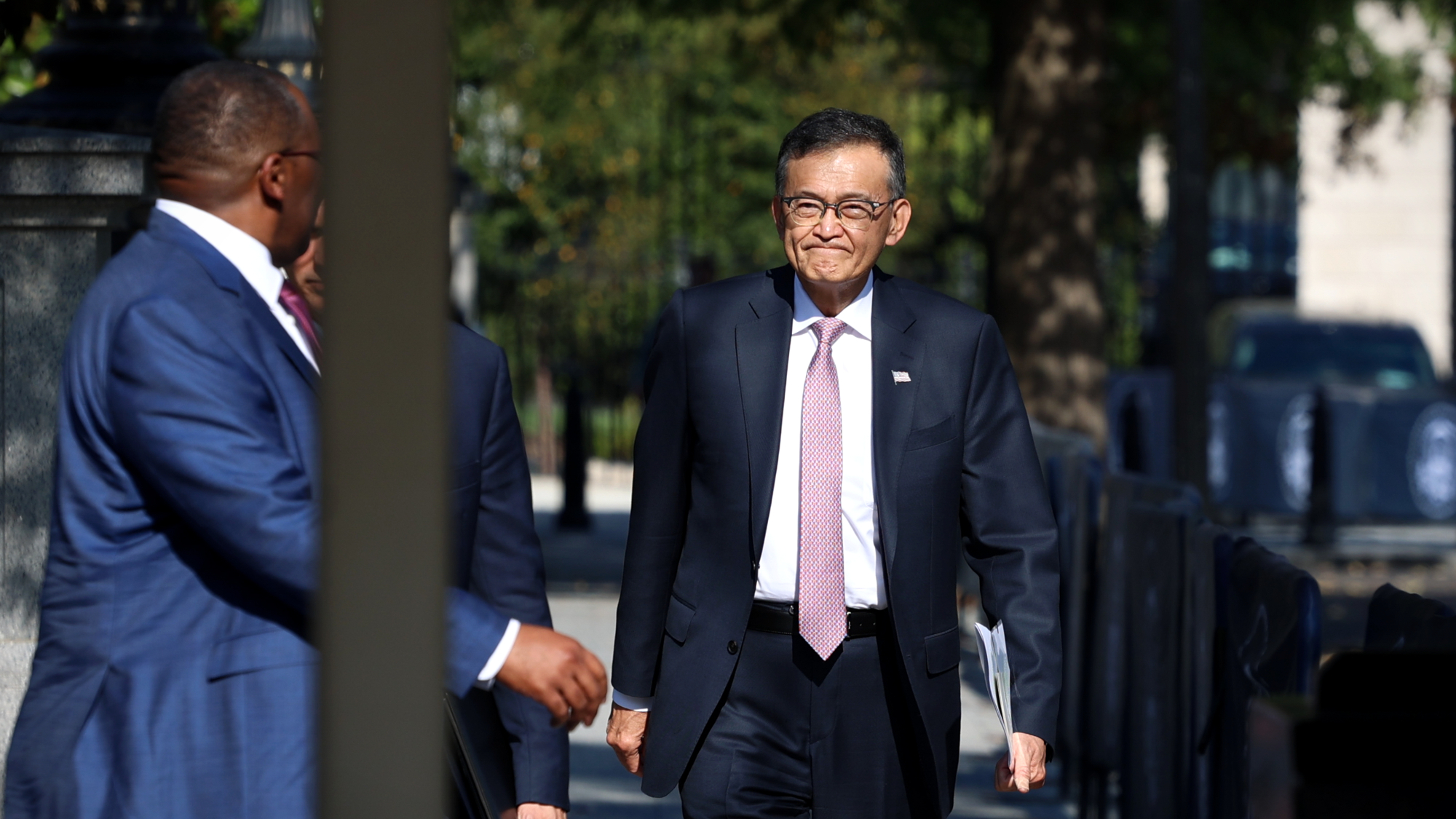 Trump said to seek government stake in Intel
Trump said to seek government stake in IntelSpeed Read The president and Intel CEO Lip-Bu Tan reportedly discussed the proposal at a recent meeting